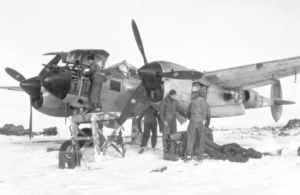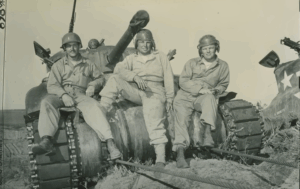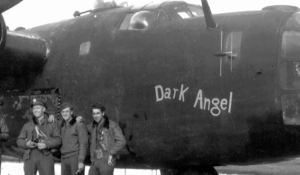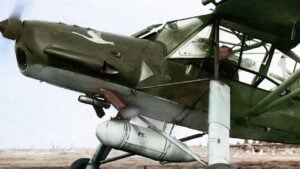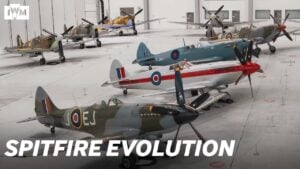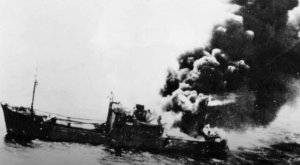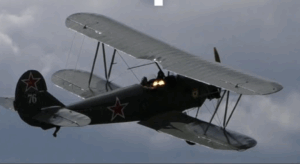The Final Evolution Of the Perfect Fighter Jet
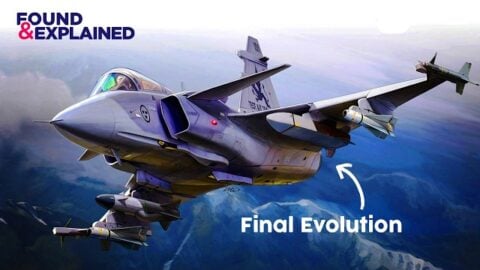
YouTube / Found And Explained
While not the fastest or most maneuverable, and almost cancelled several times, the SAAB Gripen is one of the deadliest fourth-generation fighter jets out there.
The Gripen
In 1979, the Swedish government decided to review its original defensive plan in case of an all-out war with the Soviet Union. This new fighter procurement program would be called Bass 90.
The engineers designed the Gripen to deal with the problem of defending Sweden’s airspace using new intelligent solutions. This aircraft would have a delta wing plus canard configuration, a design that’s well-matured and studied in Swedish Aviation circles. It’s also aerodynamically unstable, meaning it needs fly-by wire controls to compensate for stability in flight. On the other hand, it means that it has a much better maneuverability at transonic and subsonic speeds than any other aircraft.
It’s powered by the General Electric F404 engine and was later modernized to C and D variants, which were standardized for NATO operations and export to other countries. One of the highlights of the Gripen (and a key requirement from the start) was to be cheap to operate, with one hour of flight time only around $3,000 on the latest variants and $5,800 for the C and D variants. Impressively, it can also do short landings and takeoffs. I can take off from a 400-meter strip of land and land on a 500 meter one.
Underrated Aircraft
While all of this is good on paper, it was kind of sidetracked through the years with the likes of the Eurofighter. Thus, it mostly remained out of the spotlight for many potential buyers.
Still, the Gripen would start to prove itself in training and combat. In a red flag training exercise in 2006, the Swedish Gripen blew away its opponents from the sky in simulated battles. During one exercise, a single Gripen managed to score a kill against 5 F-16s. On a second occasion, it even score a kill against two F-15s, all that without a single loss.
The jet would continue to dominate other exercises as well, and in 2011, the Swedish Air Force pushed for the first combat deployment I Libya to market the aircraft to the world. While it was proving itself in use, orders were still lacking.
New Generation Aircraft
Soon, a new, upgraded version of the aircraft was proposed. The Gripen E & F were first known as the Gripen NG, which stands for New Generation. It featured a complete overhaul of electronics and countermeasures, along with the implementing of new weaponry.
The new variant would be built in a newly based fuselage that would be slightly bigger and powered by a new General Dynamics F414 engine from the Super Hornet. This new engine allowed for 20% increase of thrust, giving the new variant a supercruise ability. This gives it the ability to fly supersonic without an afterburner. Two additional hardpoints were added for weapons as well.
The Swedish were also going all out with the Gripen becoming the first jet to feature the new state-of-the-art Meteor missile with a range of over 200 km. powered by a ramjet engine. The Gripen E also featured a new set of electronic countermeasures designed specifically to counter new Russian radars and weapons. A new electronic warfare variant was also proposed. This effort was finally recognized with Brazil and Thailand ordering the new Gripen E and F. Sweden themselves ordered a total of 70 new airframes for their own air force. More customers may come in time because this aircraft, although expensive to buy, is extremely cheap to operate.














